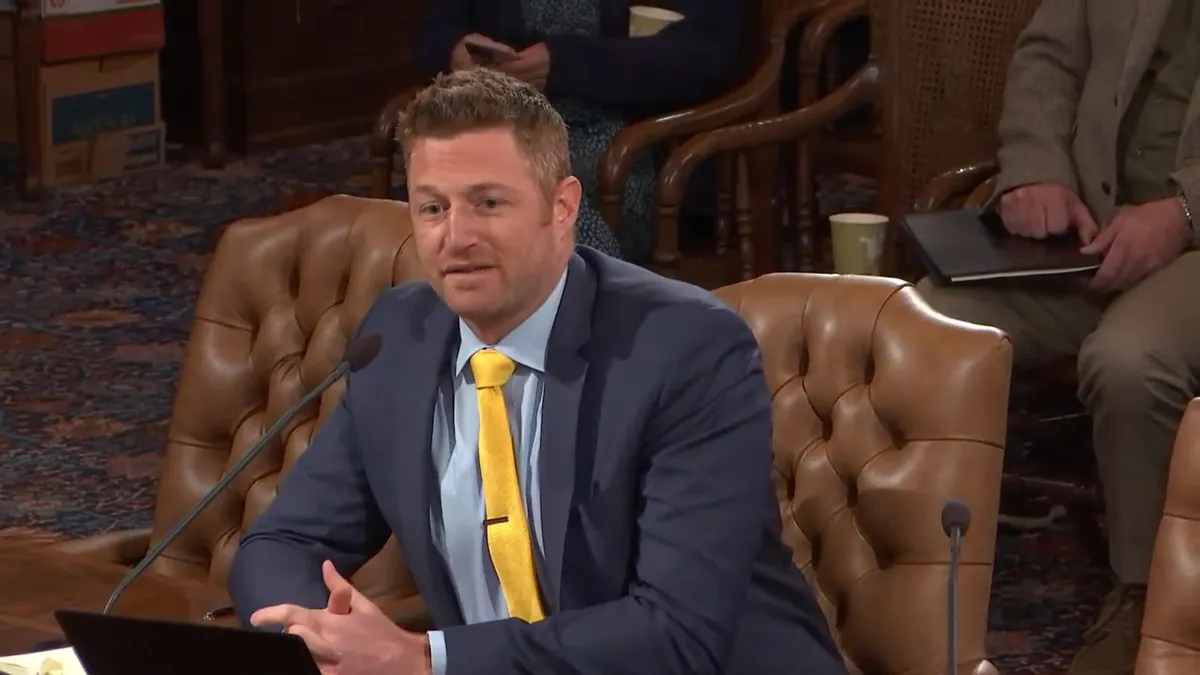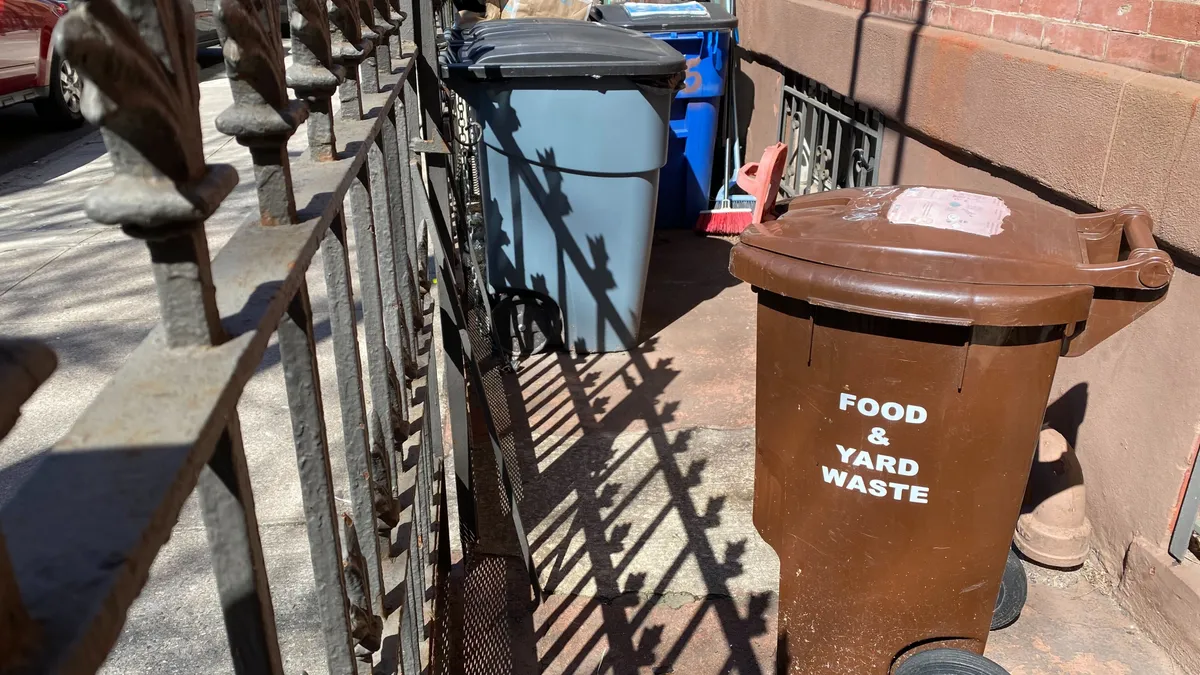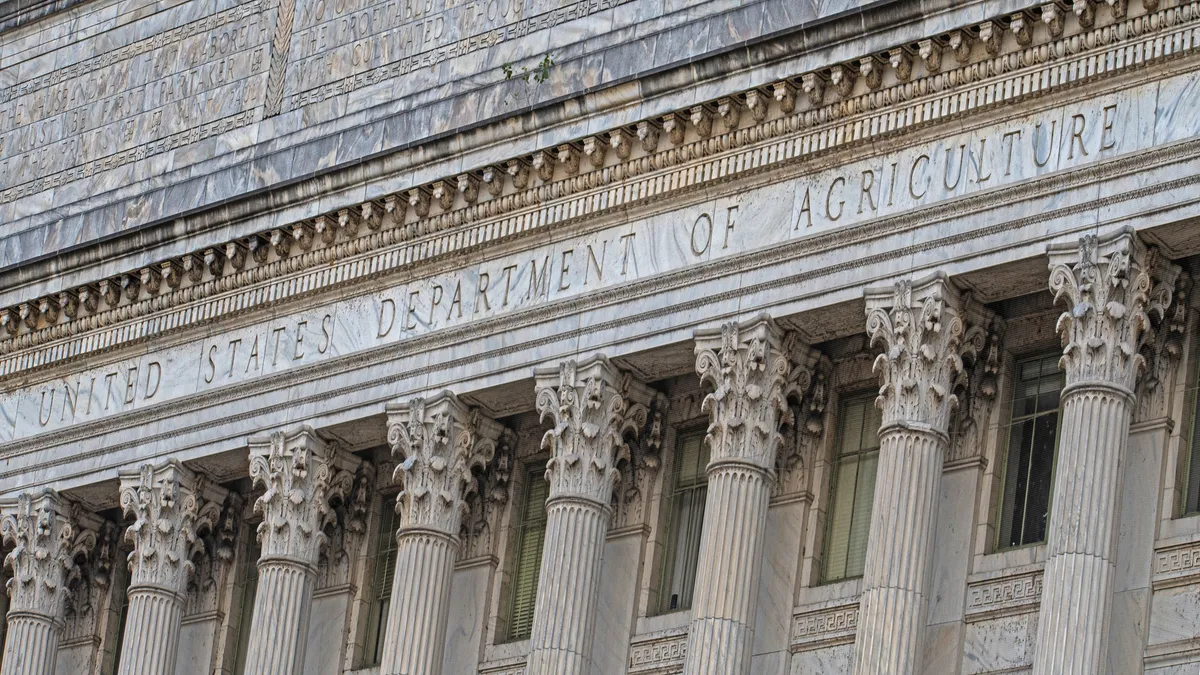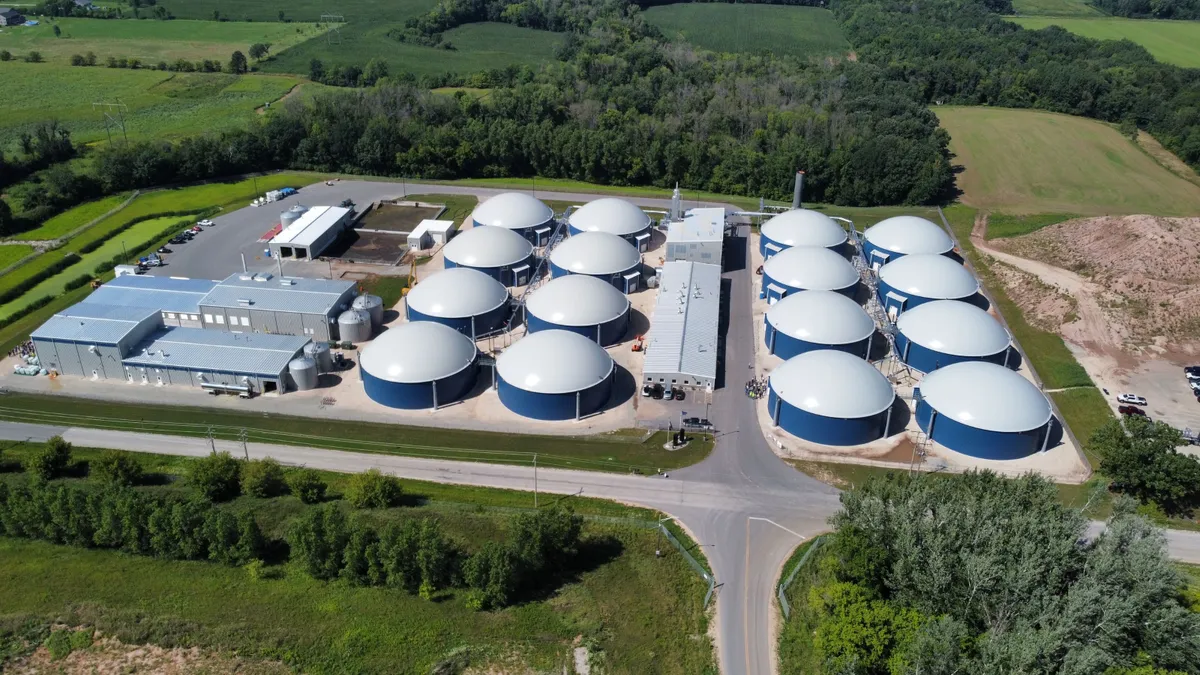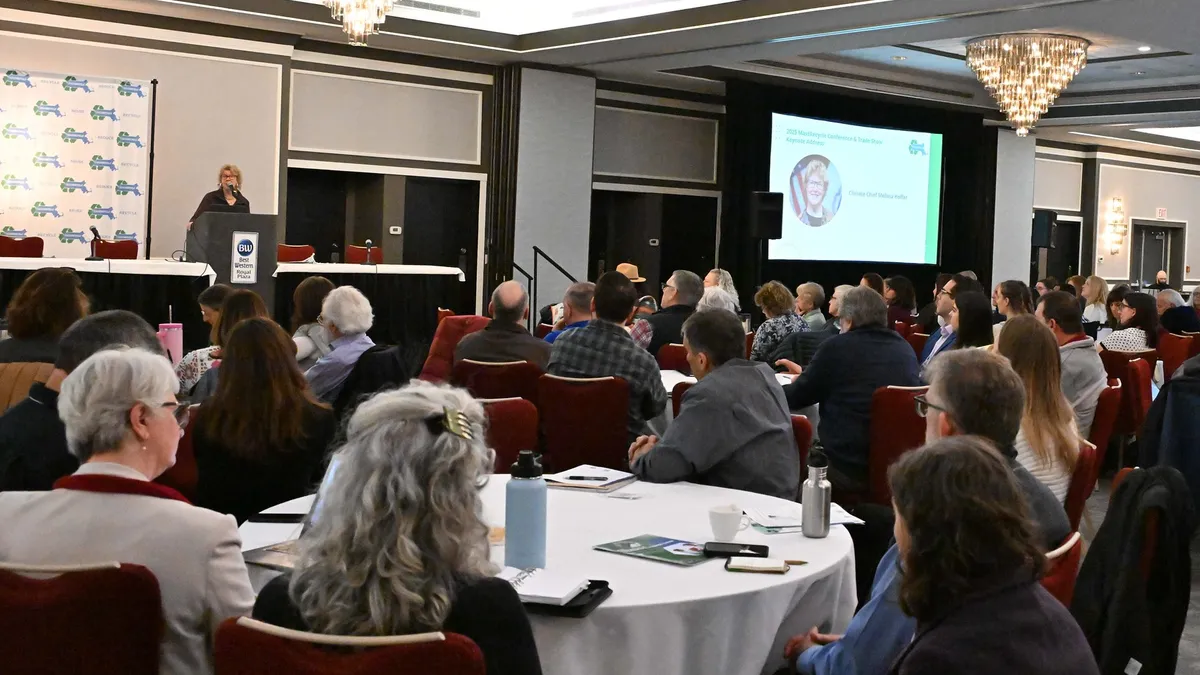Executives at organics haulers and processors around the country see signs of steady momentum in their businesses, but many are exploring methods to standardize their processes to succeed at scale.
Natural Upcycling, an organics hauler based in Rochester, New York, has grown from its home state down through the Northeast and into the mid-Atlantic markets. Founder and CEO Harry Cohen said the company took a "blocking and tackling" approach to expansion, securing anchor clients and optimizing collection routes for profitability in the manner of a traditional solid waste hauler.
"The demand is there when it comes to the collection and doing the right thing with the material," Cohen said. "The standardization has taken longer."
Nationwide, organics processing capacity appears to be growing. The number of full-scale composting facilities increased about 8% between 2018 and 2023 to 200, according to a survey performed by BioCycle with support from the Composting Consortium. The American Biogas Council has also identified 110 stand-alone systems that digest food waste in the U.S. today alongside other facilities that co-digest food waste, with the total rising.
State and local mandates have driven much of this growth, most notably California's SB 1383 law. Those growing markets have attracted outside investment — since 2020, nearly $2.3 billion in private capital has been invested in organics recycling companies, according to data from food waste nonprofit ReFED. Many in the industry expect that investment to continue in the coming years.
"Everybody wants to compost the world, which is not possible," Bill Camarillo, CEO of Agromin, said. "Recycling of organics is becoming very interesting and exciting and I'm glad we've been in it as long as we have to see these trends head in our direction."
Agromin has been processing organics in California since the 1990s and today manages 1.2 million tons of organics annually across 15 counties. Camarillo attributes his company's growth in part to securing tonnage before beginning each project, keeping tight control of different organics streams and developing a close relationship with agricultural customers for the compost and mulch Agromin creates.
"We put ourselves on a really short leash," Camarillo said
He said the company is now on a "10-million-ton march" to secure a chunk of the growing market share in organic feedstocks in California, spurred by SB 1383.
In order for the state's organics processors to scale up alongside that growing tonnage, they may need to rethink their approach to end markets, Camarillo said. One avenue would be to enter the voluntary carbon markets, earning credits for organic materials put to beneficial reuse rather than disposed.
Camarillo said he's pursued that opportunity since the implementation of SB 1383 with some success, but he believes compost needs to become a recognized commodity in order to repeat that process at scale.
"Compost is not a commodity. It hasn't been one. It doesn't have an index that tells you what it's worth, even though we know what it's worth from its nutrient base," Camarillo said. "There needs to be a commoditized product in order to create a real industry sector that has a demand pull on that product."
While composters look to secure more stable end markets, companies that use anaerobic digestion to process organics are searching for ways to stabilize their own supply chains and pay off expensive equipment.
That process has proven challenging for digestion facilities like the Rialto Bioenergy Facility in California, which has seen two successive owners fail to generate sufficient revenue. After buying the facility from EnerTech several years ago, organic waste processor Anaergia was forced to sell it at bankruptcy auction this year before securing an operations contract at the same facility with its new owner, Sevana Bioenergy.
Speakers at the event said the facility fell into similar pitfalls as other troubled digester projects, notably by failing to secure sufficient feedstocks and "overbuilding," as Camarillo said. But other companies believe they've cracked the code on scaling digester technology in line with available feedstocks.
Ryan Begin, CEO of Divert, said the company's first Integrated Diversion & Energy facility in Turlock, California, is "oversubscribed" with suppliers as it launches. The facility is slated to process 100,000 tons of organics annually and recently closed an agreement with PG&E to sell the renewable natural gas it produces into the grid.
Divert has an ambitious plan for growth, hoping to open 30 such facilities by 2031. That plan has been fueled by a $1 billion infrastructure agreement with gas and energy company Enbridge, which will benefit from the RNG produced by Divert’s facilities.
"You're starting to see the energy transition driving a lot of what we're doing on the waste side," Begin said.
The growth in the U.S. organics market overall is currently being led by large institutional facilities and companies along the food supply chain, said Mike Leopold, president and CEO of Canadian organics processor Convertus. He said the inverse has historically been true in Canada — escalating mandates have required more residents to separate their organics.
Private equity-backed Convertus took a major step in the U.S. market in April, acquiring a composting facility in Virginia. Leopold said he sees plenty of opportunity for growth in the U.S. as more customers begin to see the upside in recycling organics.
"I do think we're on that precipice of a growing market with organics processing," Leopold said. "There's a lot more capital that needs to be deployed, so I think there's opportunities there."









